Biology: 2H Transport in plants and humans
1/31
There's no tags or description
Looks like no tags are added yet.
Name | Mastery | Learn | Test | Matching | Spaced |
|---|
No study sessions yet.
32 Terms
What is the xylem’s structure and function?
Xylem vessels transport water and mineral salts from the roots to other parts of the plant.
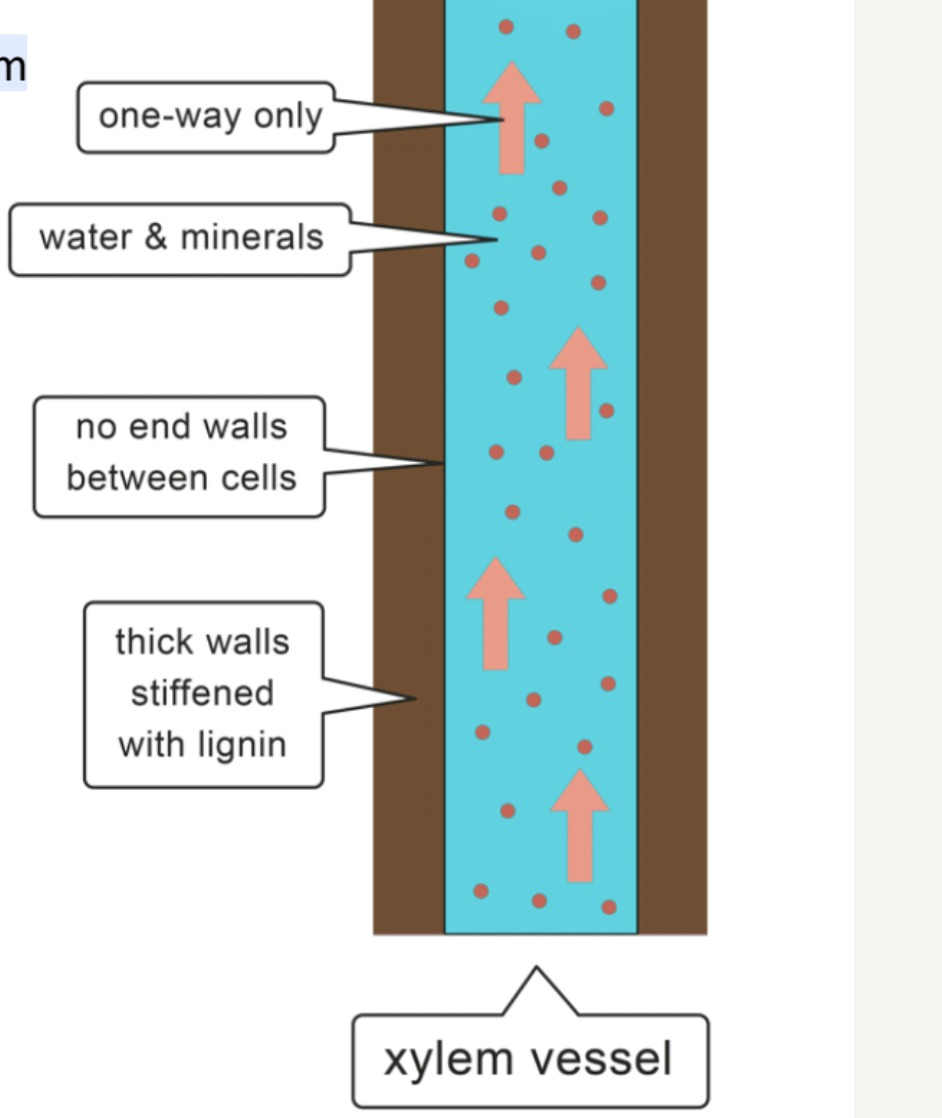
What is the phloem’s structure and function?
Phloem vessels transport “food” (mainly sucrose and amino acids) made by the plant from the leaves to other parts of the plant (i.e. roots and stem).
The phloem is different to the xylem. The cells are living cells and are not hollow
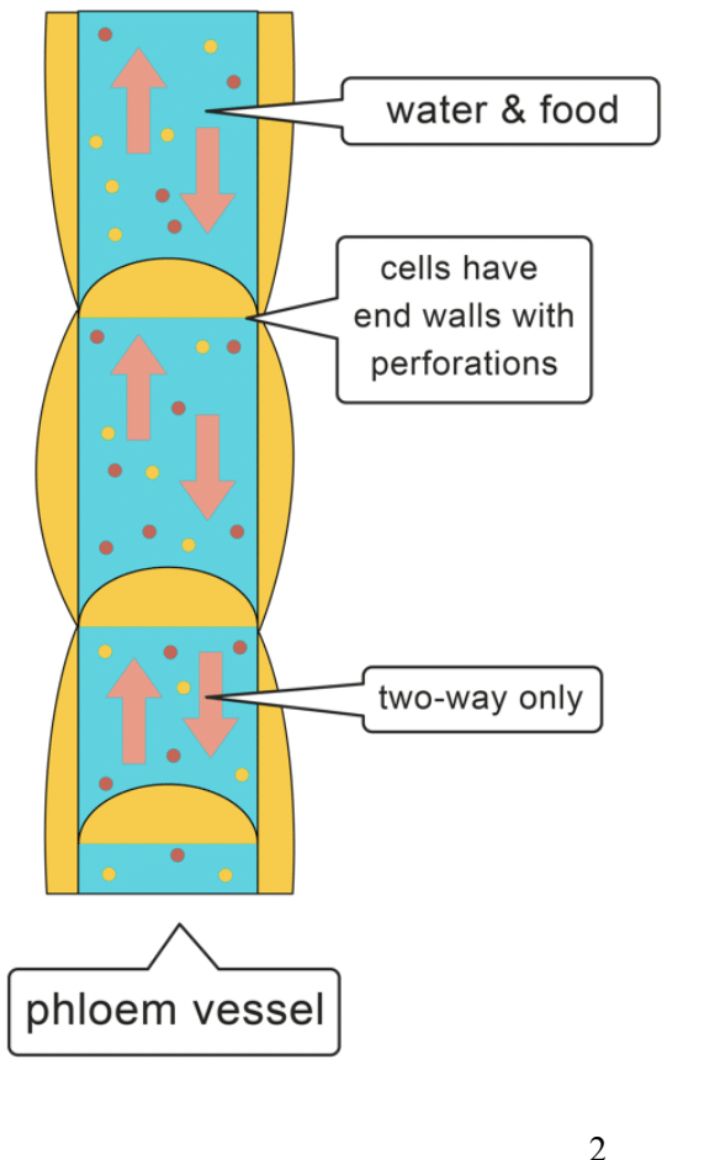
What is the name and major parts of the human transport system?
It is called the circulatory system. It can be divided into three major parts: Blood, Heart and Blood vessels
What is the Composition of blood
Consists of red blood cells, white blood cells, platelets and plasma
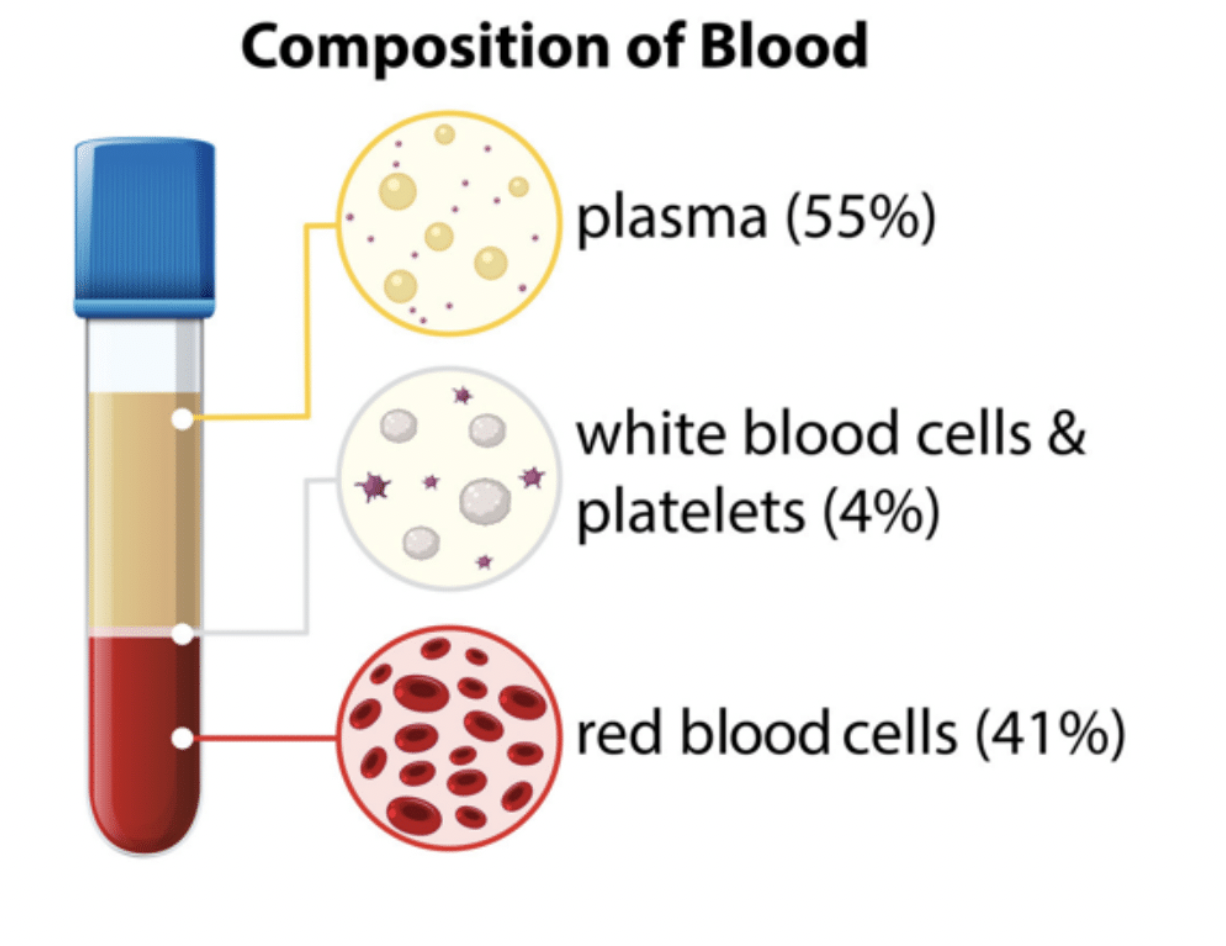
What is the description and function of red blood cells?
Contain haemoglobin: a protein that combines with oxygen to form oxyhaemoglobin.
NO nucleus: Able to carry more haemoglobin
Biconcave shape: Provide a larger surface area to volume ratio for a faster diffusion of oxygen into and out of the cell. Able to squeeze through narrow capillaries
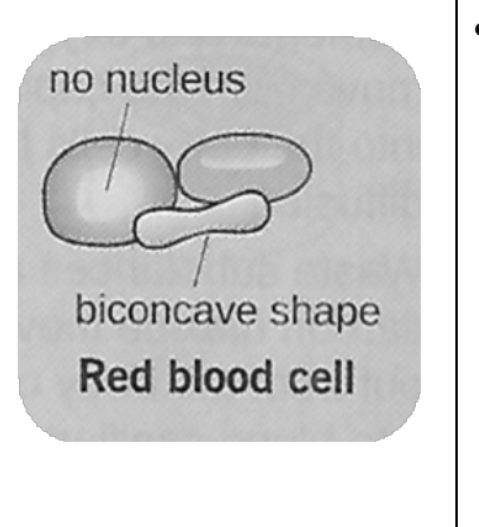
What is the description and function of white blood cells?
They form part of the immune system.
They protect the body against diseases and fight infection.
There are two main types of white blood cells: 1.Lymphocytes: release antibodies specific to the pathogen 2.Phagocytes: ingest the pathogens
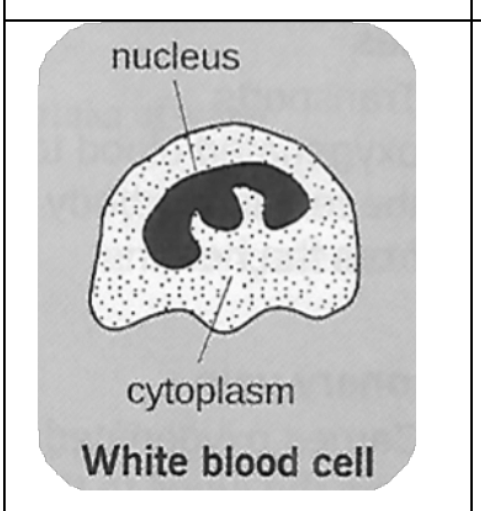
What is the description and function of platelets?
They stop bleeding by clotting the blood flow when blood vessels are cut or damaged
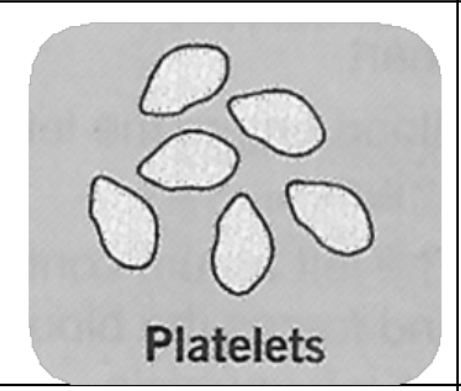
What is the description and function of plasma?
Liquid part of the blood.
Contains 90% water.
Its main function is transportation. It transports mainly: Carbon dioxide: the waste product of respiration Heat energy. Digested food and minerals. Hormones

What are the two main types of white blood cell
Phagocytes and Lymphocytes
What do phagocytes do?
Phagocytes carry out phagocytosis by engulfing and digesting pathogens.This is a non-specific immune response
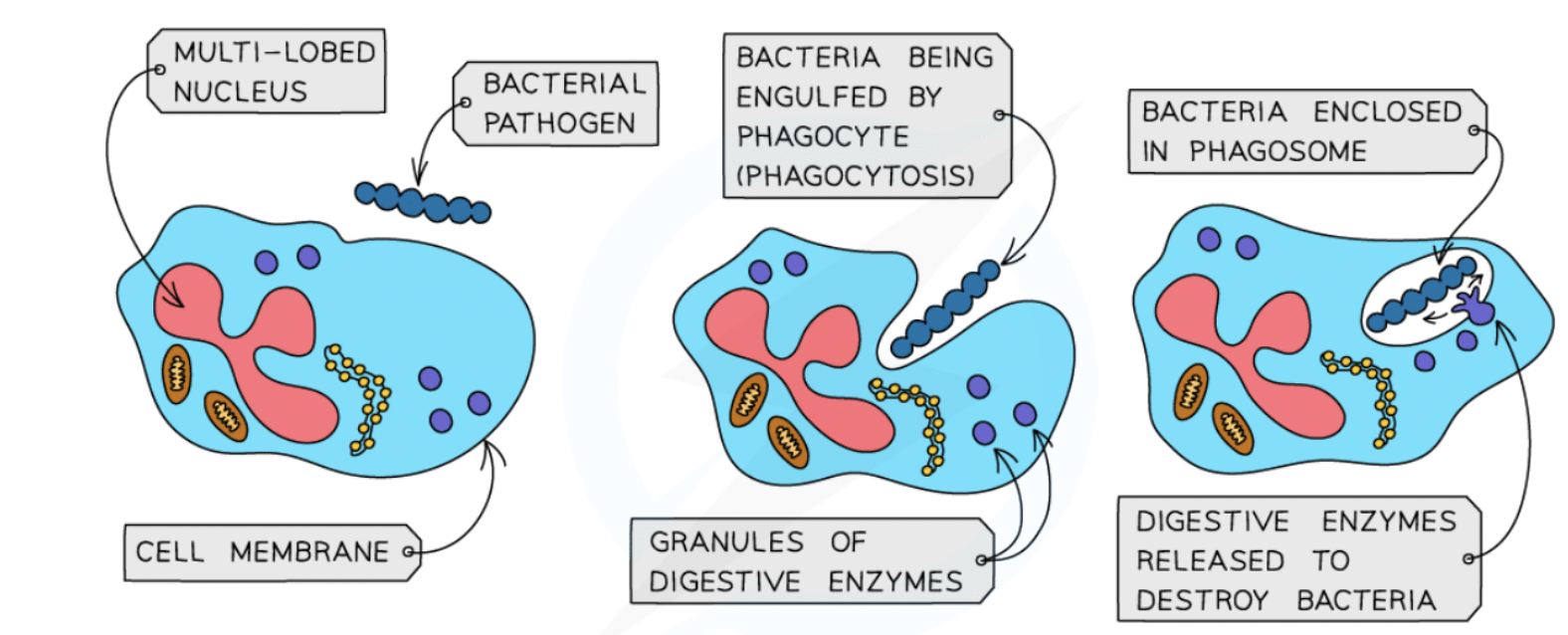
What do lymphocytes do?
Lymphocytes produce antibodies. Each antibody will ONLY bind to one type of antigen on the surface of the pathogen.This is a specific type of immune response
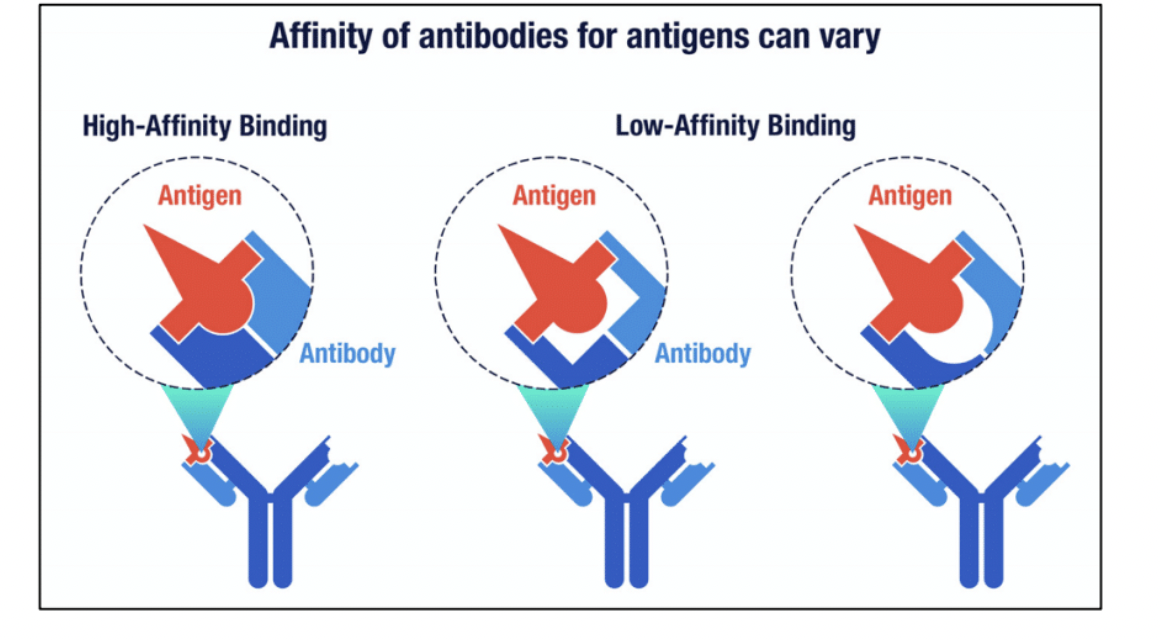
What are the Stages of Infection and Response to infection?
1.The pathogen enters the bloodstream and multiplies and releases toxins
2.Phagocytes engulf and digest the pathogen (non-specific response).
3.Eventually, the pathogen encounters a lymphocyte which recognises its antigens(specific response).
4.The lymphocyte starts to produce specific antibodies which bind to the pathogens and cause agglutination.
Phagocytes engulf and digest the agglutinated pathogens.
After the patient has recovered, they retain antibodies specific to the disease as well as memory cells (lymphocytes that recognise the pathogen).
5.If the patient encounters the same pathogen again, it will trigger a secondary immune response
immunity → having sufficient levels of antibodies to protect an organism from a particular disease.
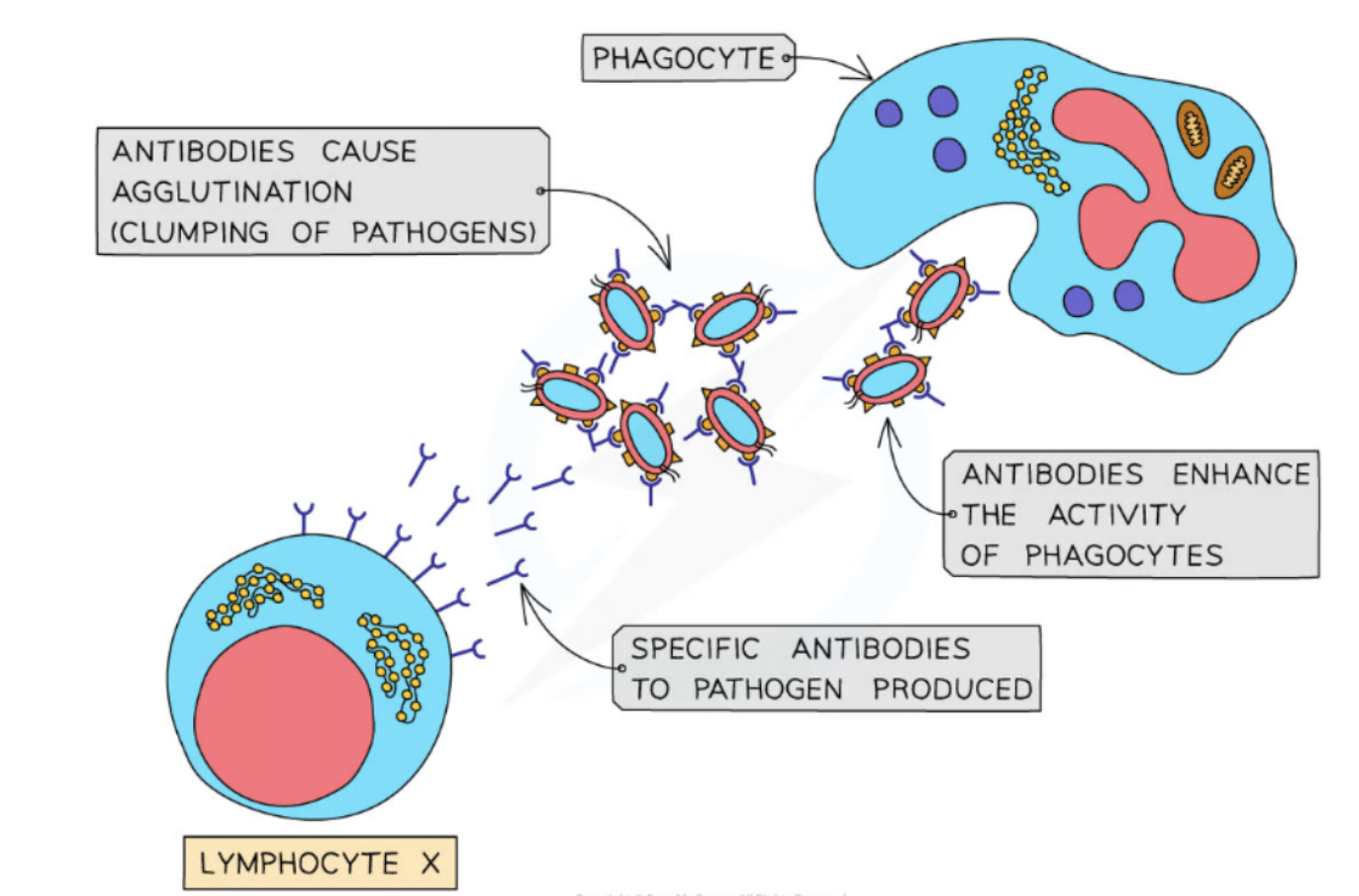
Describe the features in blood vessels
Arteries carry blood away from the heart to all parts of the body.
Veins carry blood towards the heart from all parts of the body.
Capillaries allow exchange of substances between blood and the body
What are the characteristics of arteries?
Smaller size of lumen (opening)
Thicker wall with more muscle fibres and elastic tissue
No valves
High blood pressure
Direction of blood flow is away from the heart.

What are the characteristics of veins?
Larger size of lumen (opening)
Thinner wall with less muscle fibres and elastic tissue
Has valves
Low blood pressure
Direction of blood flow is towards the heart.
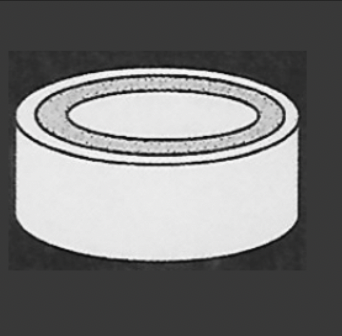
What are the characteristics of Capillaries?
Very narrow size of lumen (opening)
One cell thick wall
No valves
Low blood pressure
Direction of blood flow is from arteries to veins
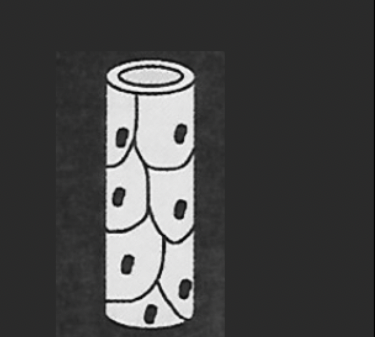
What do valves in the veins do?
prevent the back flow of blood and ensures that blood flow is in one direction
What is the heart?
The human heart is a four-chambered muscular pump which pumps blood around the circulatory system
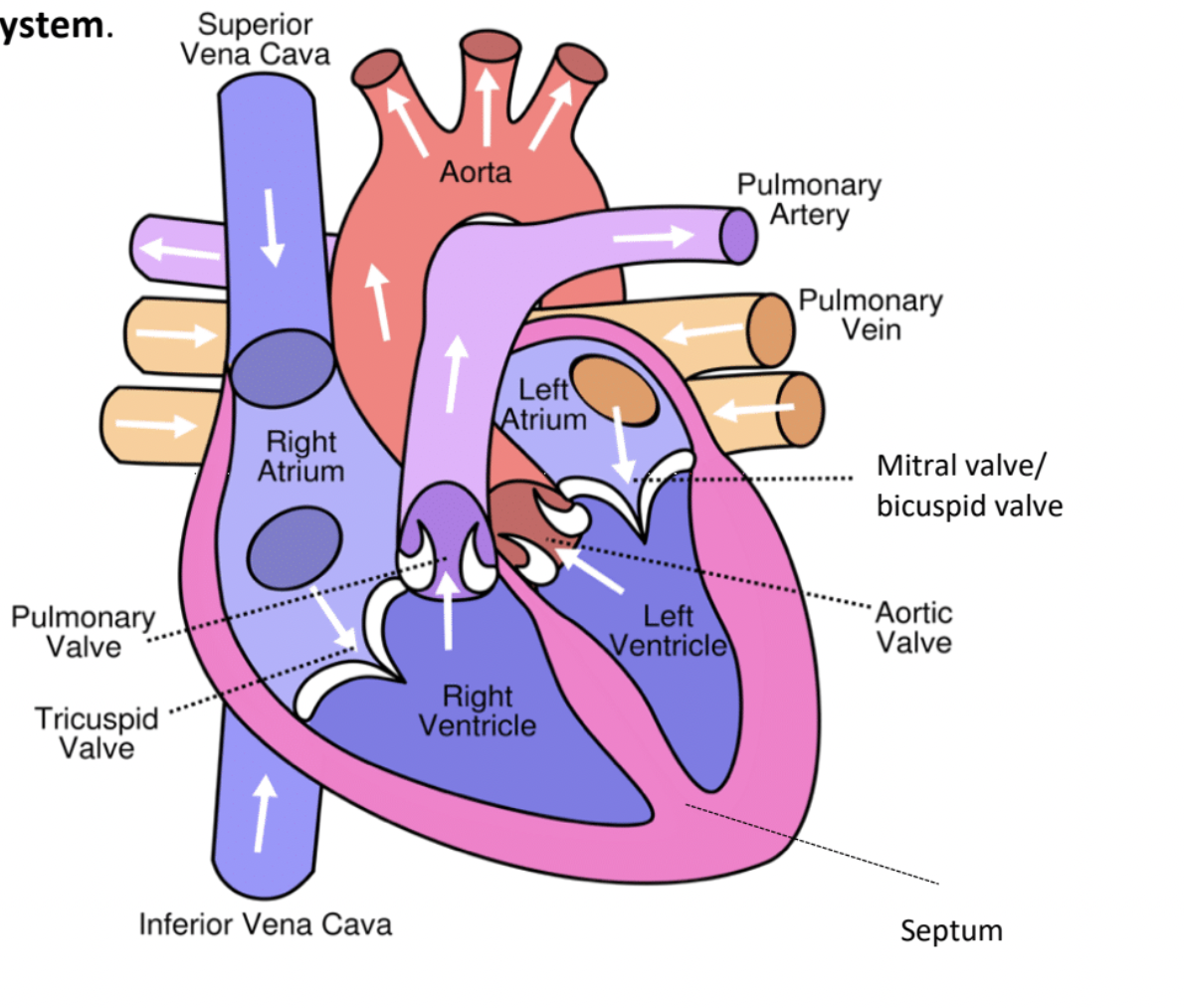
Where does the blood always enter and leave the heart?
Blood enters through the top chamber = atrium
Blood leaves through the bottom chamber = ventricle
What is the largest artery and vein in the heart?
Largest artery is the aorta
Largest vein is the vena cava.
What is the adaption of the left ventricle and why?
Left ventricle has a thicker muscular wall
Reason: The heart needs to pump blood at a higher pressure as the blood needs totravel a greater distance to all parts of the body from theheart
What is the adaption of the right ventricle and why?
Right ventricle has a thinner muscular wall
Reason: The heart pumps blood at a lower pressure as the blood only needs to travel to the lungs which is a shorter distance from the heart
What happens in the atria (atrium) and ventricles?
They contract and relax simultaneously.
What do the valves in the heart do?
Make sure the blood flows in one direction only.
Name all the structures in the heart.
Right side: Pulmonary artery, vena cava, right atrium, heart valve, tendons attached to valve and heart wall, right ventricle
Left side: aorta, pulmonary vein, left atrium, heart valve, left ventricle.
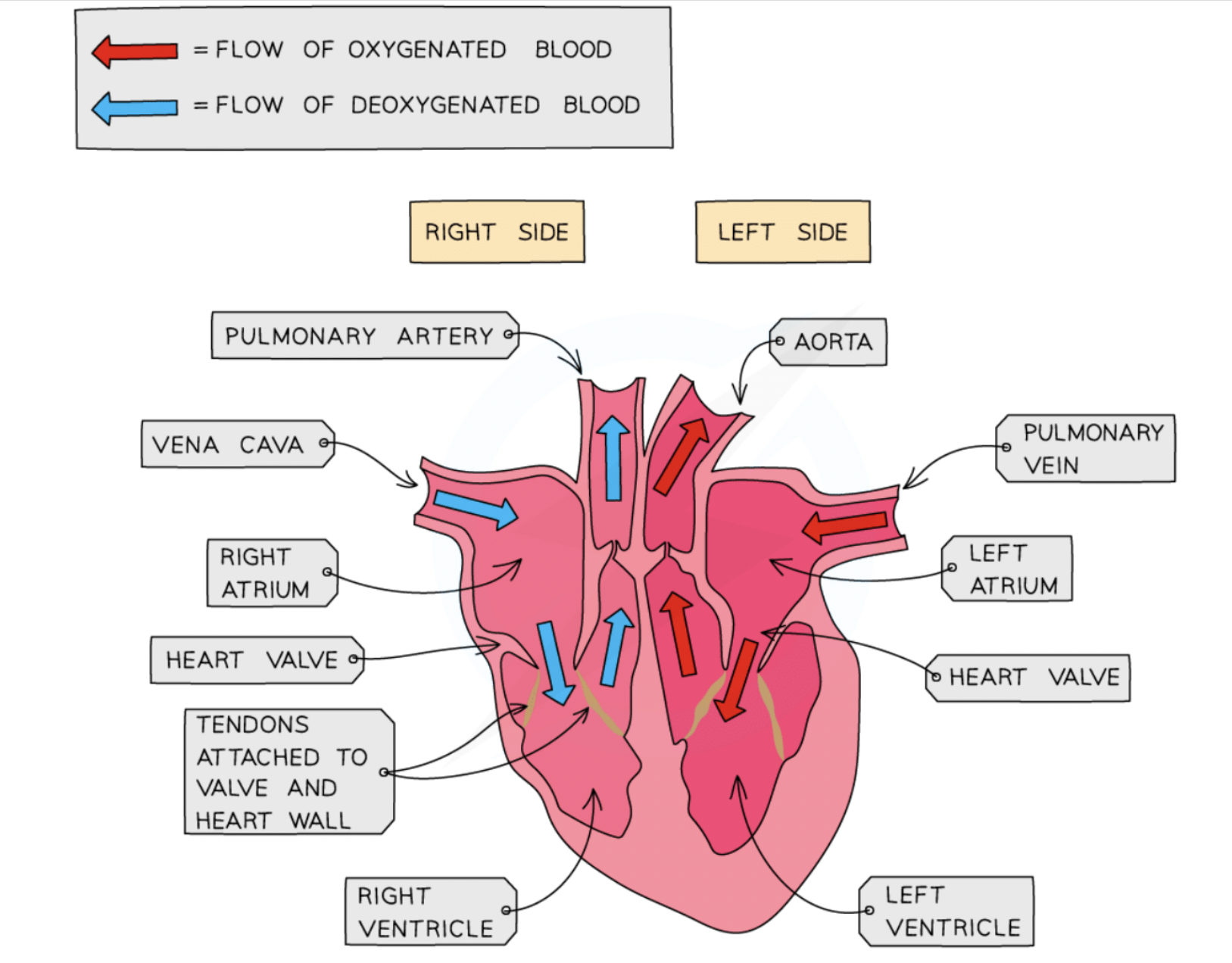
Look at the diagram depicting the pathway of blood through the human heart and describe double circulatory system in mammals.
Blood moves through the heart twice.
1.Pulmonary circulation: blood moves from the heart to the lungs and back again.
2.Systemic circulation: blood moves from the heart to the rest of the body and back again
What is the effect of the adrenaline hormone on heart rate?
Adrenal glands produce hormone adrenaline in a 'fight or flight' response, during times of stress or fear.
This increases heart rate. Glycogen is converted to glucose in liver cells

What is the effect of exercise on heart rate?
The heart pumps blood around the body in order to supply oxygen and glucose to cells undergoing respiration.
During exercise: Heart rate increases to deliver more oxygen and glucose to the cells for RESPIRATION and remove waste more frequently.
At the end of a period of exercise: the heart rate may remain high for a period of time as oxygen is required in the muscles to break down the lactic acid produced due to anaerobic respiration.
The time taken for the heart rate to return to the resting rate is called the recovery time. A physically fit person will have a lower resting heart rate and a shorter recovery time compared to an unfit person
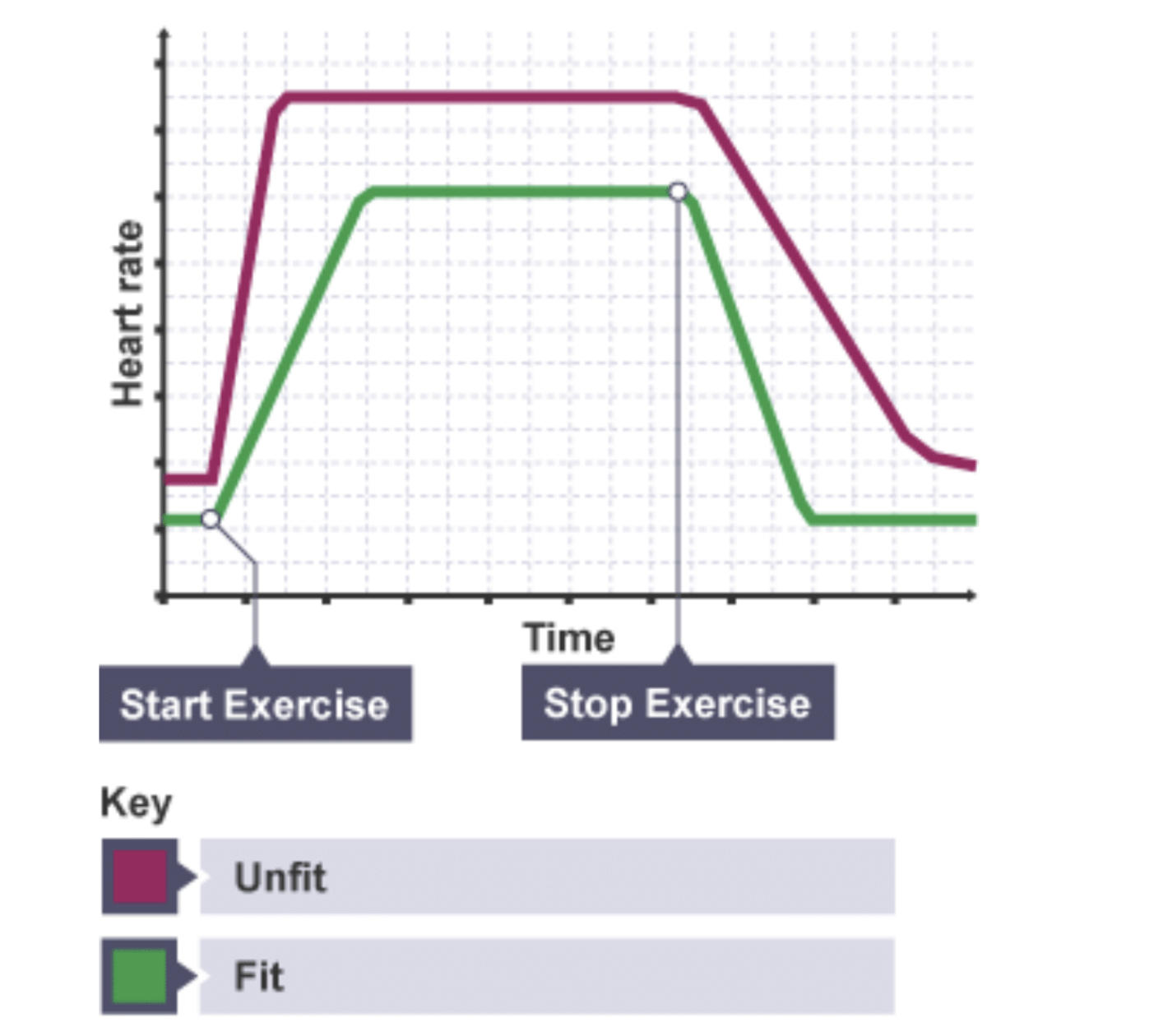
What is coronary arteries?
The coronary arteries branch off directly from the aorta supply the cardiac muscle tissue of the heart with oxygenated blood.
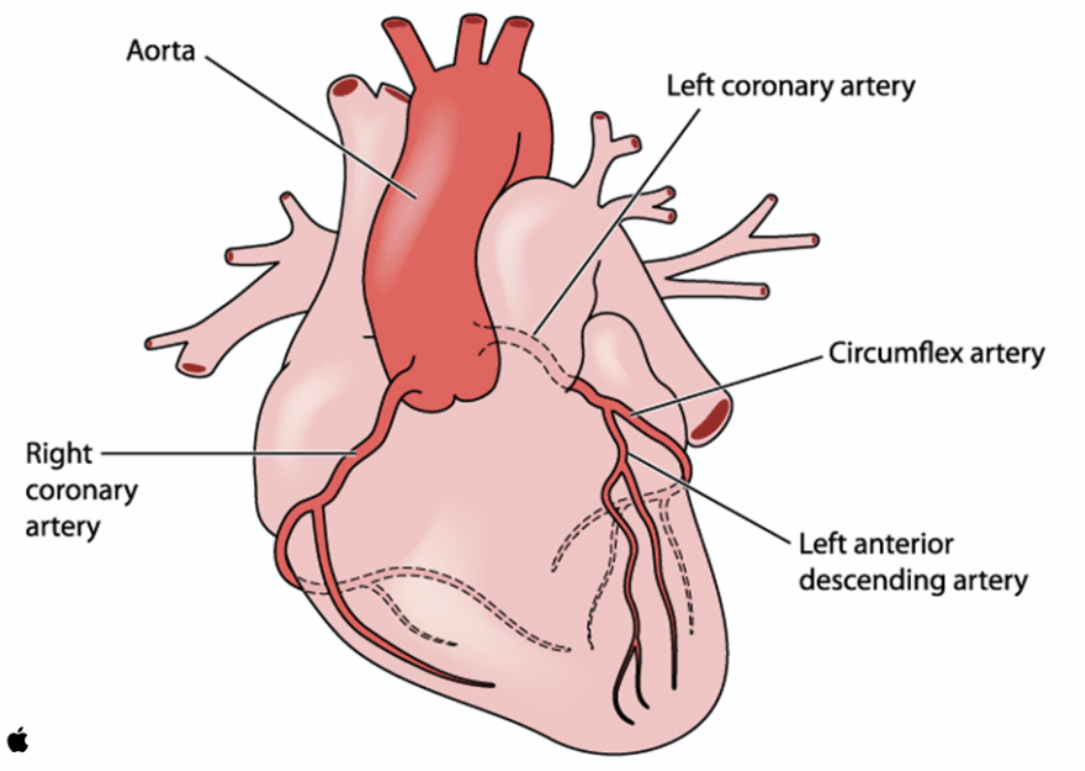
What is coronary heart disease?
In coronary heart disease (CHD), layers of fatty material (plaque) build up inside the coronary arteries.These fatty deposits are mainly formed from cholesterol
Partial blockage → restricted blood flow to the cardiac muscle cells →severe chest pains called angina.
Complete blockage→ cells in that area of the heart will not be able to respire aerobically, leading to a heart attack
What are some treatments to coronary heart disease?
increasing the width of the lumen of the coronary arteries using a stent,
or-prescribing statins to lower blood cholesterol
What are the risk factors of coronary heart disease?
Obesity: Carrying extra weight puts a strain on the heart. Increased weight can lead to Type 2 diabetes which further damages your blood vessels.
High BloodPressure: This increases the force of the blood against the artery walls and consequently leads to damage of the vessels.
Cholesterol: Speeds up the build-up of fatty plaques in the arteries leading to blockages
Smoking: Chemicals increase in plaque build-up and an increase in blood pressure. Carbon monoxide also reduces the oxygen carrying capacity of the red blood cells